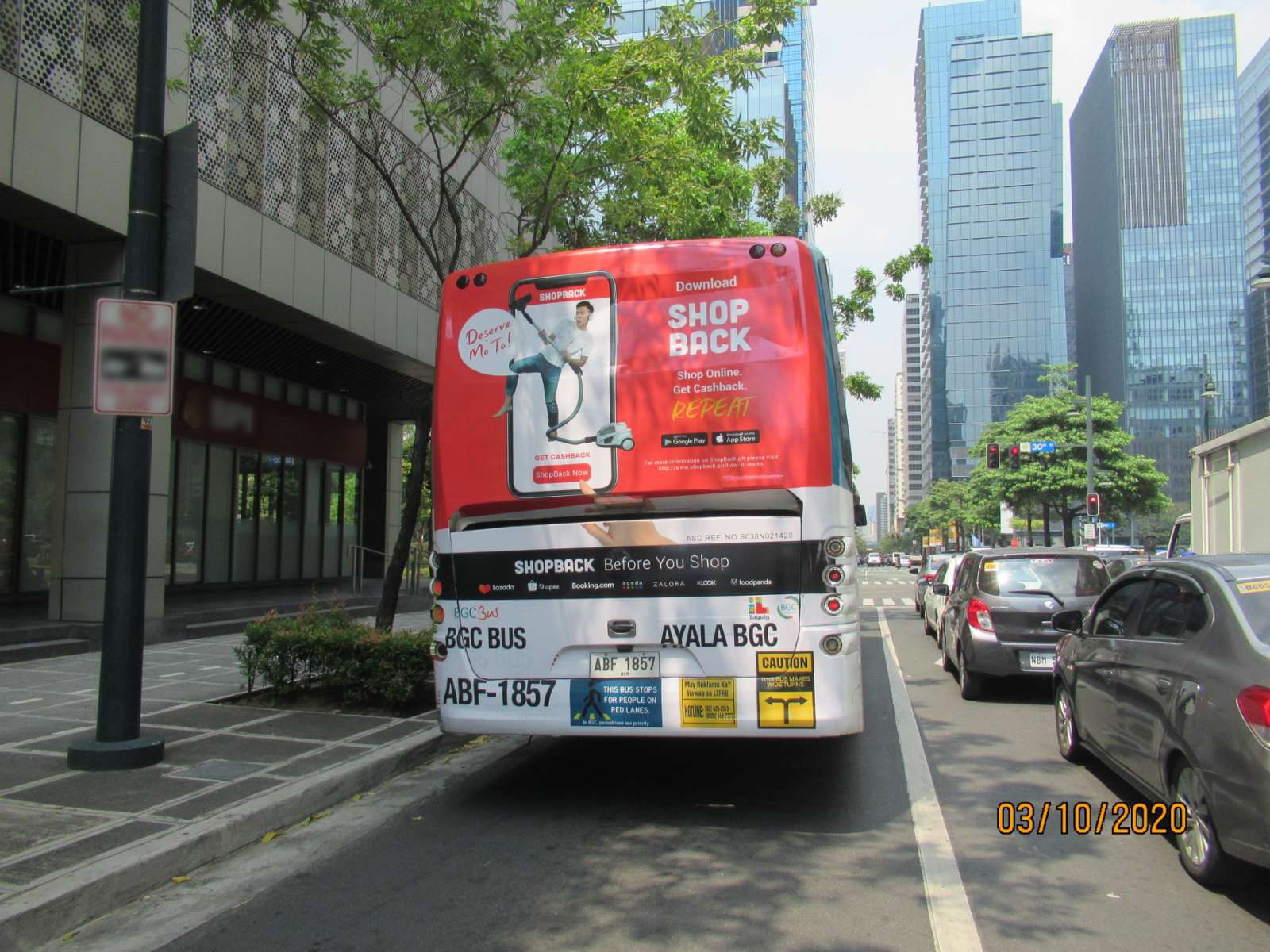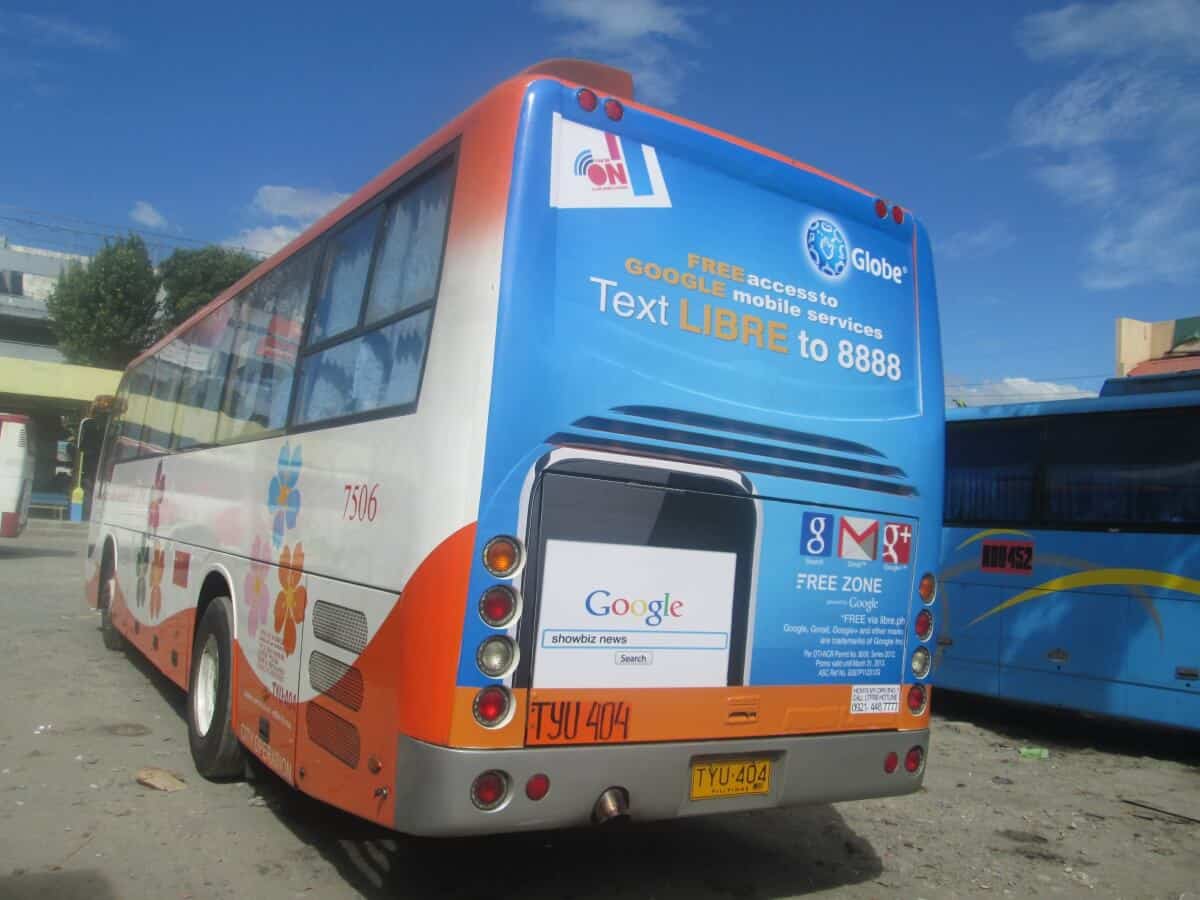Boost Your Company with Transit Advertising Philippines
Boost Your Company with Transit Advertising Philippines
Blog Article
Checking Out the Impact and Efficiency of Transportation Marketing in Urban Advertising Strategies
Transportation advertising and marketing has come to be a significant part of urban advertising methods, utilizing on the unique dynamics of public transportation environments. With the quick advancement of technology and shifting customer behaviors, the landscape of transportation advertising and marketing is undertaking noteworthy changes that warrant closer evaluation.
The Rise of Transportation Advertising
As city populations remain to swell, the need for innovative advertising remedies has led to the surge of transit marketing as an essential part of urban advertising techniques. This form of marketing leverages public transport systems-- such as buses, trains, and trains-- to get to a diverse target market in densely inhabited locations. The effectiveness of transportation advertising and marketing depends on its capacity to engage consumers throughout their everyday commutes, an usually ignored yet vital time for brand name messaging.
With cities coming to be progressively busy, traditional marketing areas are coming to be scarce and less efficient. Transit advertising provides a dynamic choice, making it possible for brands to display their messages in high-traffic areas where prospective consumers are continually exposed to the ads. Additionally, as metropolitan citizens increasingly depend on mass transit, the importance and presence of transportation advertising have actually expanded substantially.
In addition, technical advancements have actually improved the sophistication of transit advertising, allowing for electronic display screens and interactive projects that can capture customer interest better than fixed advertisements. Therefore, transit advertising is not only a cost-effective option however likewise a crucial approach for brand names looking for to attach with city customers in a remarkable and impactful way.
Trick Advantages of Transportation Advertising
The effectiveness of transit marketing is emphasized by its complex benefits, making it a very useful tool for metropolitan marketing experts. One of the primary benefits is its extensive reach; transportation systems offer millions of guests daily, allowing brand names to get in touch with a diverse target market in high-traffic atmospheres. This visibility improves brand name recognition, guaranteeing that ads are seen continuously by travelers.

In addition, transit advertising and marketing is affordable contrasted to other media, offering a lower expense per impact while keeping high visibility. The flexibility of advertisement styles, from bus wraps to digital screens, enables for impactful and creative campaigns that can adjust to transforming market needs.
Consumer Behavior Insights
A substantial section of customer habits is influenced by the prevalent nature of transportation marketing in city environments. This kind of advertising and marketing captures the interest of diverse demographics, involving customers throughout their day-to-day commutes.
Study shows that transit advertising and marketing can evoke psychological actions, leading to boosted brand affinity. Customers commonly connect the experience of commuting with details brand names, developing an enduring perception that influences buying choices. Furthermore, the frequency of exposure to transit advertisements cultivates experience, which is a vital consider consumer trust and loyalty.

Additionally, the public facet of public transport contributes to this sensation; as people share rooms, they are most likely to talk about and recommend brand names they experience. Thus, transportation marketing not only reaches customers yet likewise stimulates social a fantastic read interactions that strengthen brand messaging. Recognizing these behavioral understandings permits online marketers to customize their strategies successfully, ensuring that their campaigns resonate with target audiences in the urban landscape.
Study and Success Stories
Successful application of transit marketing techniques is exhibited with numerous study that highlight its effectiveness in metropolitan advertising. One remarkable example is the partnership between a popular beverage company and a major city's public transportation system. The project used bus covers and indoor posters, causing a 30% increase in brand read review recognition and a 15% rise in sales within the target group over three months.
Another effective case included a neighborhood dining establishment chain that used train station marketing to bring in commuters. By developing aesthetically striking advertisements that supplied timed promotions, the restaurant experienced an uptick in foot web traffic, with an outstanding 25% rise in lunch hour customers.
In addition, a city's tourist board introduced a transportation campaign showcasing regional destinations via bus stop display screens and train ads. The campaign brought about a significant boost in vacationer gos to, as reported by a 40% rise in queries at site visitor centers.
These study highlight the flexibility and potential of transportation marketing to involve urban audiences effectively, showing that critical placements can generate substantial rois and enhance brand presence in bustling metropolitan atmospheres. - Transit Advertising Philippines
Future Patterns in Transportation Advertising
As urban landscapes continue to progress, so too does the world of transportation advertising, which is positioned to accept innovative innovations and methods. One significant trend is the integration of electronic marketing screens into public transportation systems.
Another emerging trend is the usage of increased fact (AR) and virtual truth (VIRTUAL REALITY) experiences within transit marketing. These immersive technologies can astound travelers, transforming mundane journeys right into interactive brand experiences. In addition, sustainability is coming to be significantly vital; environmentally friendly advertising products and techniques are likely to obtain traction, mirroring the expanding customer demand for company social duty.
Last but not link least, the rise of mobile connection will certainly assist in greater assimilation between transit marketing and personal tools. Marketers can produce seamless cross-channel experiences, permitting immediate communication and interaction with possible consumers. Jointly, these trends show a transformative future for transit advertising and marketing, using new opportunities for brand names to connect with urban target markets.
Conclusion
Transit marketing has actually established itself as a significant part of urban advertising and marketing methods, demonstrating significant effectiveness through improved brand presence and customer involvement. The capacity to adapt messages to details demographics, paired with the innovative use technology, placements transportation advertising and marketing as a driving pressure in contemporary advertising (Transit Advertising Philippines). As city environments proceed to progress, the future of transportation advertising assures additional improvements, ensuring its significance and effect fit customer assumptions and habits in urban landscapes
As city populaces proceed to swell, the demand for cutting-edge advertising and marketing remedies has actually led to the rise of transportation advertising as a crucial part of metropolitan advertising techniques.A significant section of consumer actions is affected by the pervasive nature of transportation marketing in city environments. Collectively, these patterns show a transformative future for transit marketing, using brand-new opportunities for brands to connect with urban audiences.
Transportation advertising has actually established itself as a substantial component of metropolitan advertising and marketing approaches, demonstrating significant effectiveness via boosted brand visibility and consumer interaction. As city environments continue to progress, the future of transportation advertising assures more improvements, guaranteeing its relevance and effect in forming consumer perceptions and behaviors in city landscapes.
Report this page